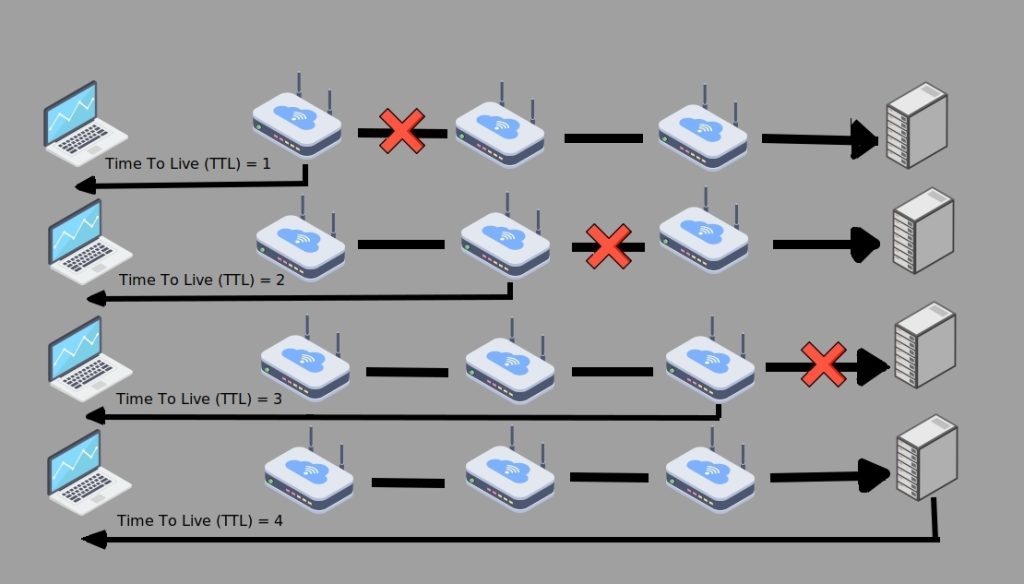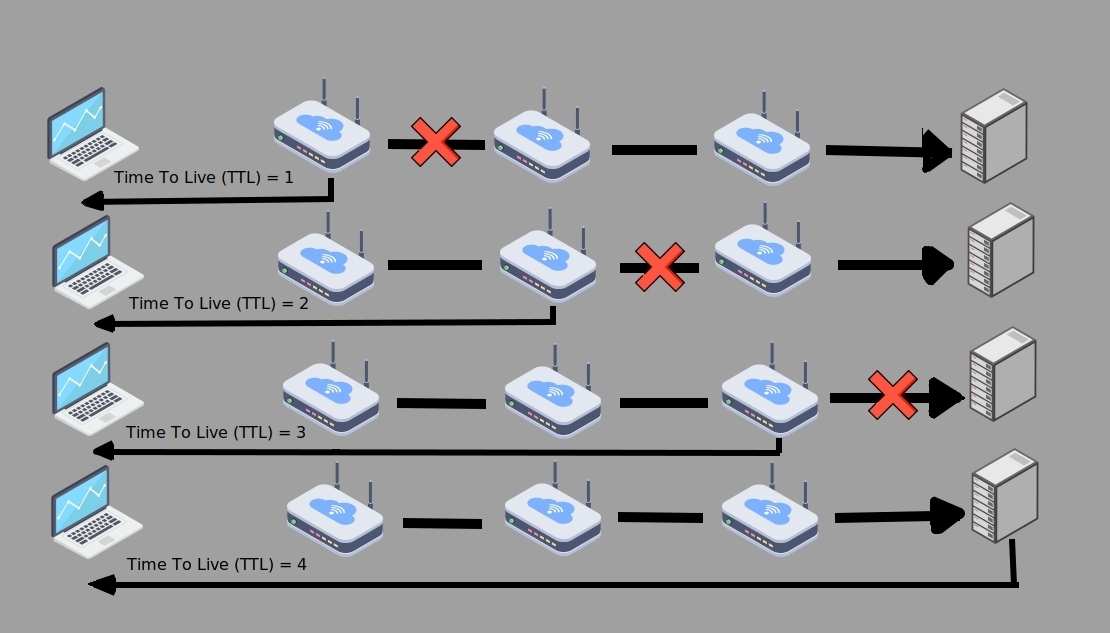
What does networking’s time-to-live (TTL) mean?
The term “time to live” (TTL) describes the number of “hops” that a packet is allowed to stay in a network before a router discards it. TTL is also utilized in other settings, such as DNS and CDN caching.
How does TTL work? The understanding of it’s process.
There is a chance that an information packet formed and delivered over the Internet will keep moving from router to router forever. Packets are constructed with an expiration known as a time-to-live, or hop limit, to reduce this risk. The sender can obtain information about a packet’s journey via the Internet by using packet TTL, which can also be helpful in figuring out how long a packet has been in circulation.
Every packet contains a location where it holds a number that indicates how long it should stay in the network. Each time a packet reaches a router, it deducts one from the TTL count before forwarding it to the subsequent network location. After the subtraction, if the TTL count ever equals zero, the router will reject the packet and return an ICMP message to the original host.
TTL is utilized by the frequently used network commands ping and traceroute. A stream of packets with progressively longer consecutive TTLs is delivered over the Internet in the direction of a target when the traceroute command is used. Every site will reject the packet and return an ICMP message to the sender since every step along the connection is the last stop for one of the packets. The time it takes to reach each subsequent hop. on the network is then calculated from the time it takes for the ICMP message to return to the sender.

What other situations does TTL apply to?
Time-to-live is employed in the context of caching data for a predetermined amount of time in addition to tracking the path packets take across the Internet. Certain networking use cases function more conventionally, rather than measuring time in hops between routers, each of which might take a varied amount of time.
To establish how long cached material should be provided from a CDN edge server before a fresh copy is downloaded from an origin server, CDNs, such as Cloudflare’s CDN, frequently employ a TTL. A content delivery network (CDN) may offer updated material without requests constantly propagating back to the origin by appropriately configuring the interval between origin server pulls. A CDN may effectively offer information closer to a user while requiring less bandwidth from the origin thanks to this optimization.
TTL, as it relates to DNS records, is a number that expresses how long a DNS cache server can keep a record active before contacting the authoritative DNS server to obtain a fresh copy of the record.






